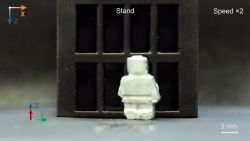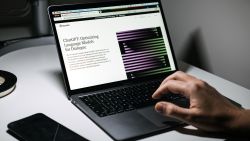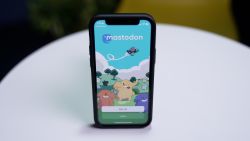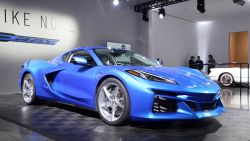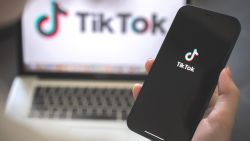Apple kicked off its annual developer conference by unveiling its next-generation mobile software, iOS 16, with new features that will let users personalize their iPhone lock screens, change how they text friends through iMessage and deepen how its smartphones integrate with cars.
These and other updates, which were unveiled at its Worldwide Developers Conference on Monday, show how Apple continues to push to ensure its devices – the iPhone in particular – remain central to our daily lives and the many products we interact with. But while these updates will likely appeal to many Apple device users, the event was also notable for what was not announced: a new product.
In recent days, some industry watchers had held out hope that Apple could offer an early look at a platform thought to be called RealityOS. The system, according to rumors, could power a mixed reality headset – a wearable device that’s said to be capable of both VR and AR – which Apple has been rumored to be working on for years.
Instead, the focus was on a number of functional, if not sexy, product updates: more multi-tasking features on Mac software, the introduction of Apple’s Weather app on iPad and the unveiling of the company’s next-generation M2 chip.
“While some may be disappointed at the lack of radical new hardware in areas such as AR, Apple’s investment in silicon will play a defining role in future product categories, such as a head-worn device, where power and performance must be finely balanced,” said Ben Wood, chief analyst at market research firm CCS Insight.
Here’s a closer look at some of the updates coming to Apple’s most important products. The updates are expected to be available to users in the fall.
Revamping iMessage, the lock screen and notifications
Apple is breathing new life into some iOS tools that haven’t been updated in years.
Perhaps the buzziest changes are coming to iMessage, including the ability to edit or unsend messages and to mark messages as unread. The company said these options are among the most requested features from users.
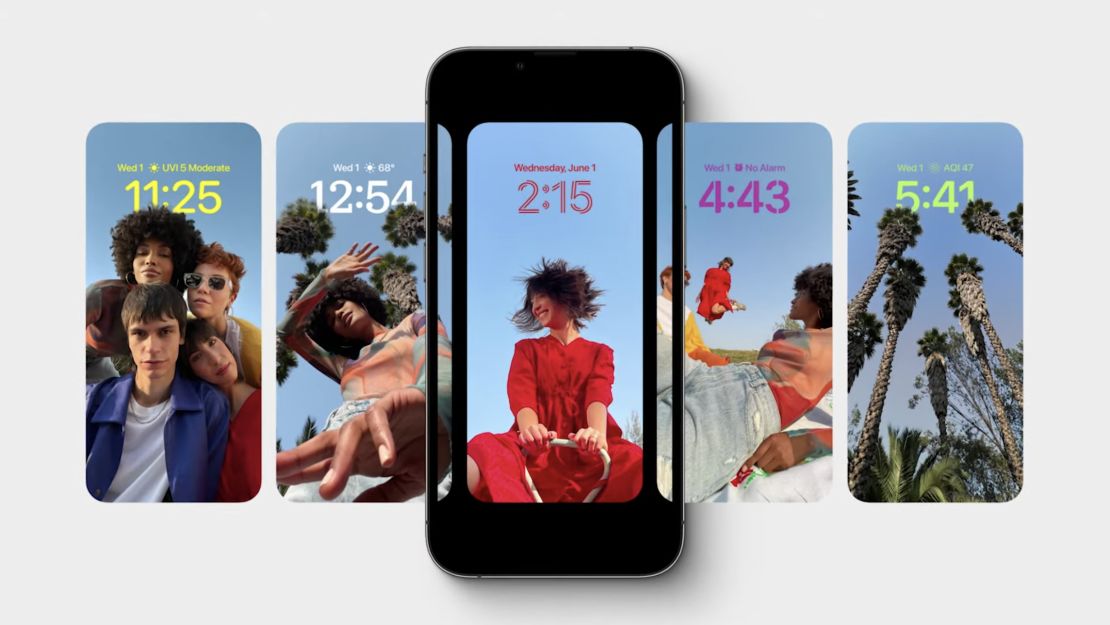
Apple also teased several new options to better customize the lock screen and improve the notifications experience. iPhone users will be able to add widgets on the lock screen to get information at a glance, such as upcoming calendar events and the weather,and track “live” activities, including an Uber ride’s progress or updates on a sports game. And the software will offer more personalized wallpapers for the lock screen and the ability to shuffle options throughout the day.
Expanded CarPlay options
Apple’s updates extended to its broader ecosystem of products and services, from payments and passwords to cars.
The newest version of CarPlay will be packed with customized widgets controlled by the iPhone and capable of running across all of a car’s screens, from the center screen to the instrument cluster behind the steering wheel. As with Apple’s other updates announced Monday, there will also be more support for widgets and more personalization options, including various gauge cluster designs.
New payment and health features
Apple said iOS users in the US will be able to spread payments over 8 weeks on Apple Pay, similar to a “buy now, pay later” service, tapping into a growing payment method for consumers.
The company also continues to bet on health features. The Apple Watch will soon support new custom workouts features, including heart rate zones and data on a runner’s stride. In addition, enhanced sleep tracking will monitor when a user goes in and out of light and deep sleep. A new medications app will let users track, manage and understand the medications people take and notifies users when to take them.
Apple also unveiled a tool called Passkeys, which is intended to replace passwords by using Touch ID or Face ID to authenticate across apps and devices.
New MacBooks and the M2 chip
While the event focused on software, Apple did make some hardware announcements.
Apple introduced a thinner, lighter and faster MacBook Air designed around its new M2 in-house processor. The 13.6-inch MacBook Air is 25% brighter than before, supports MagSafe charging and features an enhanced front-facing camera with twice the resolution of the previous model. With an 8-core CPU, Apple said the M2 chip promises 18% greater performance than its M1 chip.
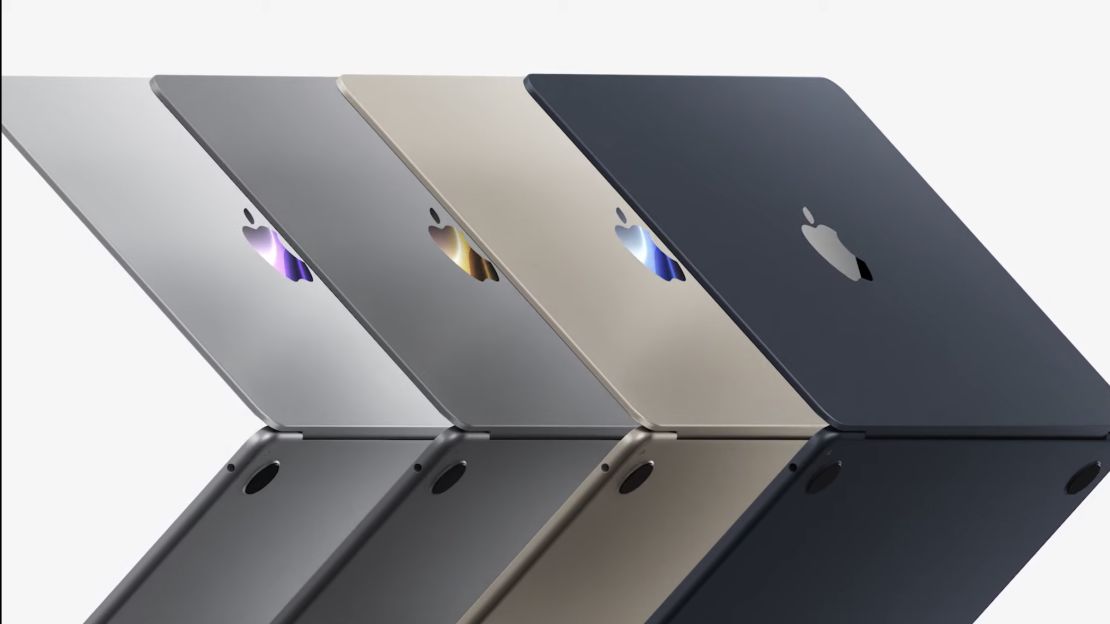
The processor also comes with a 10-core GPU – double that of the M1 – along with 25% better graphics performance. The M2 is also coming to a new 13-inch MacBook Pro.
The MacBook Air starts at $1,099 and the MacBook Pro starts at $1,299.
Apple also teased its latest Mac software, called OS Ventura, which offers a handful of multi-tasking features, such as the ability to share Safari tabs with friends and family, hand off FaceTime calls to other devices, and use an iPhone as a webcam with a new product called Continuity Camera.








